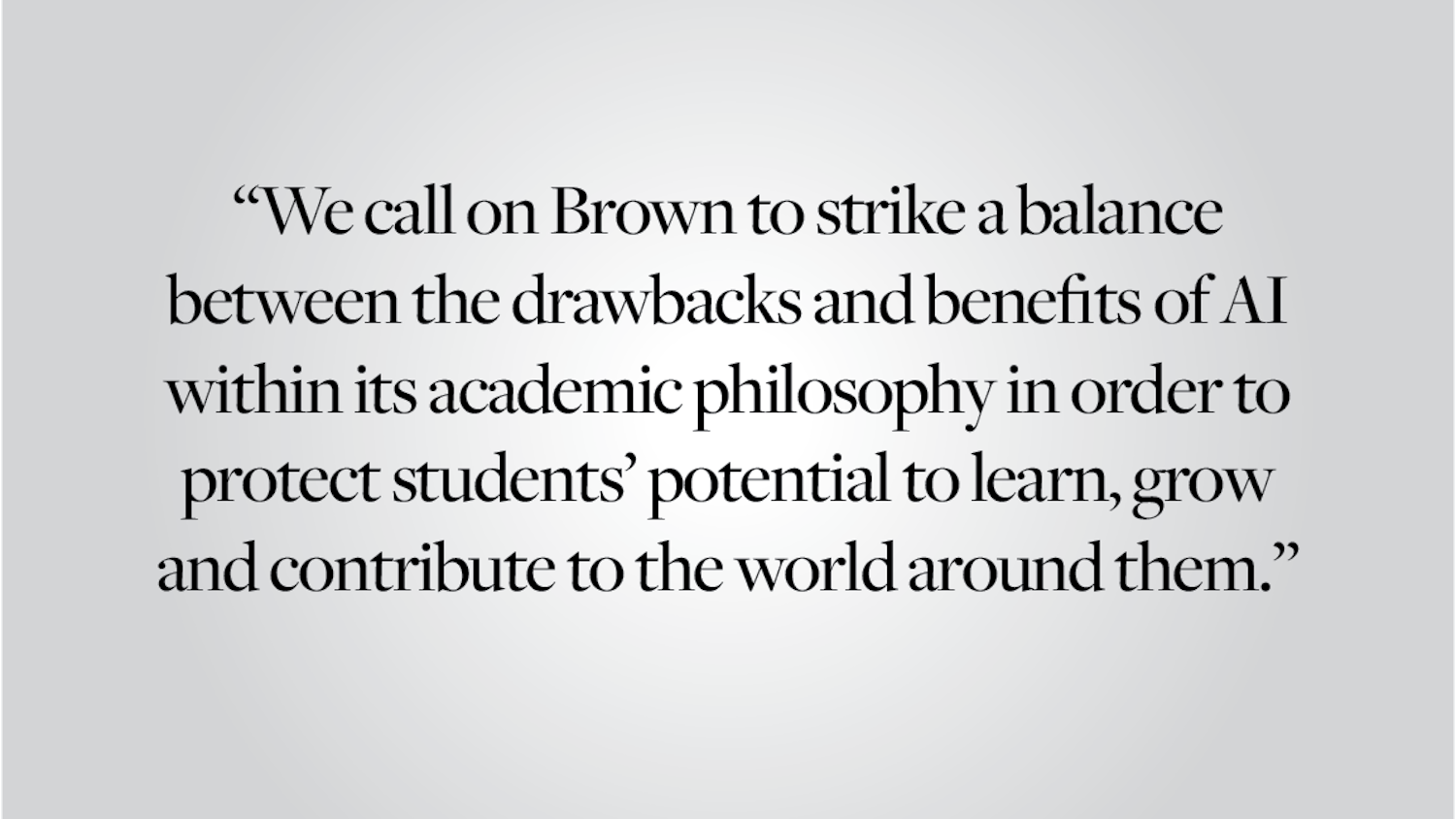As Brown's admissions statistics for the class of 2015 roll in, current students may find themselves wondering if they would have survived the selective cut had they been high school seniors applying this year. In the face of a shrinking acceptance rate, it's no secret that one's chances of getting in depend heavily on quantitative variables like test scores. Because the significance of grade point averages can differ from school to school, colleges typically use standardized exams like the SAT, SAT II and ACT to compare academic performance among applicants. Yet the question remains: How equal are the opportunities presented by so-called standardized tests?
Recently the College Board, maker of the SAT, SAT II and Advanced Placement exams, reflected on the career of its longtime president, Gaston Caperton, who will step down from his position in June 2012, according to the Chronicle of Higher Education. Caperton's reign began in 1999 and saw the addition of a verbal reasoning section to the SAT and a tripling of the number of low-income students taking AP exams. Minority students exhibited an increased participation as well. These supposed improvements are of mixed significance. The latter statistic involving minority students was advertised by the College Board, but lacks the context to convey anything of actual importance. In fact, the Huffington Post reported in February that while nearly 15 percent of students taking AP exams were black, only 4 percent of students actually passing those exams were black. Getting students to take the exams — and pay the fees — is not enough. Schools must have the opportunity to prepare them properly.
As for the new verbal requirement, Caperton campaigned for the addition of the essay section in response to the University of California's threat of removing the SAT from its admissions criteria, but its utility is questionable. Many colleges only give the extra section marginal consideration, and an MIT researcher has demonstrated that essay scores correlate more strongly with word-length than content. This creates mixed incentives for teachers, who may end up instructing students to write long, pre-formatted essays that don't necessarily have to be factually correct.
Similarly, the structure of AP courses and exams controls over a year's worth of high school curriculum for advanced students hoping to be competitive college applicants. The alternative would be to forgo AP courses for similar subject-oriented SAT II tests, but admissions officers frequently stress taking the most rigorous classes, which in most high schools are APs. And the AP curriculum is not nearly as holistic as the International Baccalaureate Program in terms of preparing students to think critically and build interdisciplinary connections as they will need to do in college.
This is to say nothing of the cost of taking these standardized tests. Though the College Board is a non-profit organization, the registration fees for exams and subsequent cost of sending scores to schools is so high that one has to wonder where all this money is going. Truthfully, even with fee assistance programs, the cost of taking and preparing for each of these tests can preclude bright-but-disadvantaged students from producing the scores that have become necessary for college.
We commend the Office of Admission for selecting students based on more than just test scores and urge the University and other schools to avoid heavy reliance on the College Board. It is our hope that as the College Board seeks new leadership, it will progress in a direction that makes higher education more equal and affordable for all students.
Editorials are written by The Herald's editorial page board. Send comments to editorials@browndailyherald.com.




